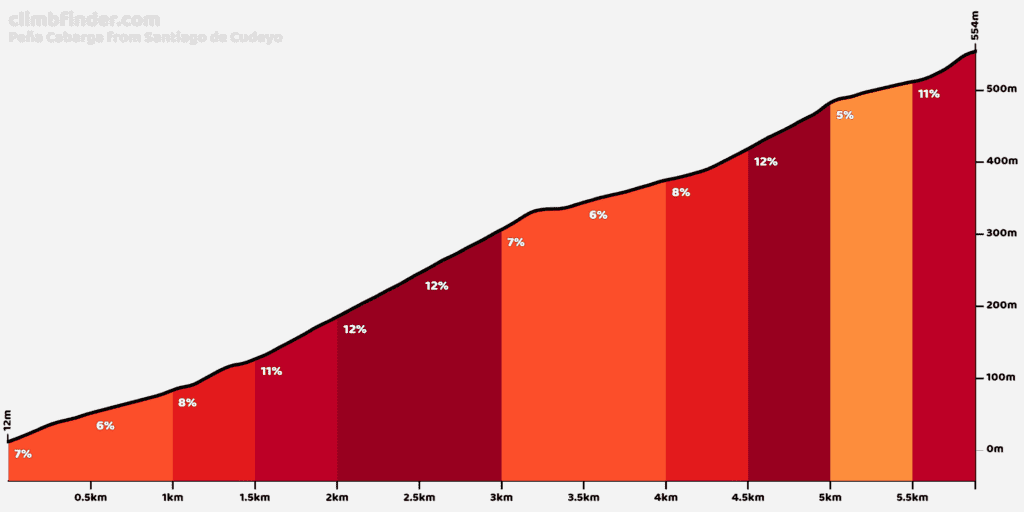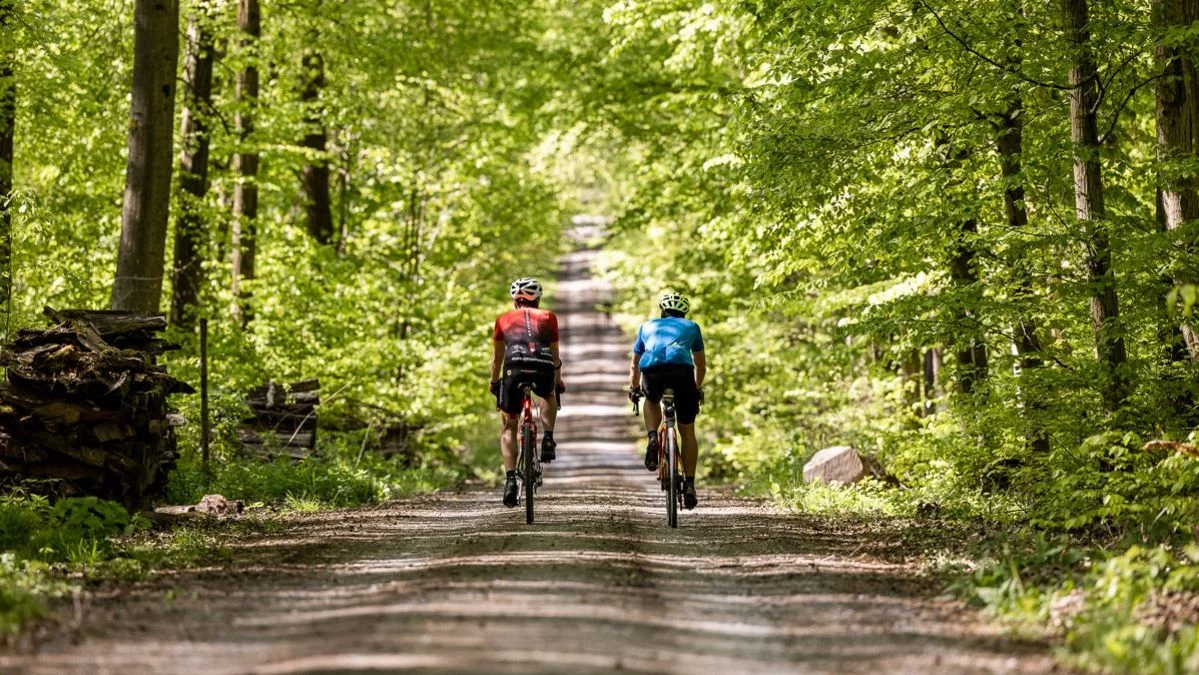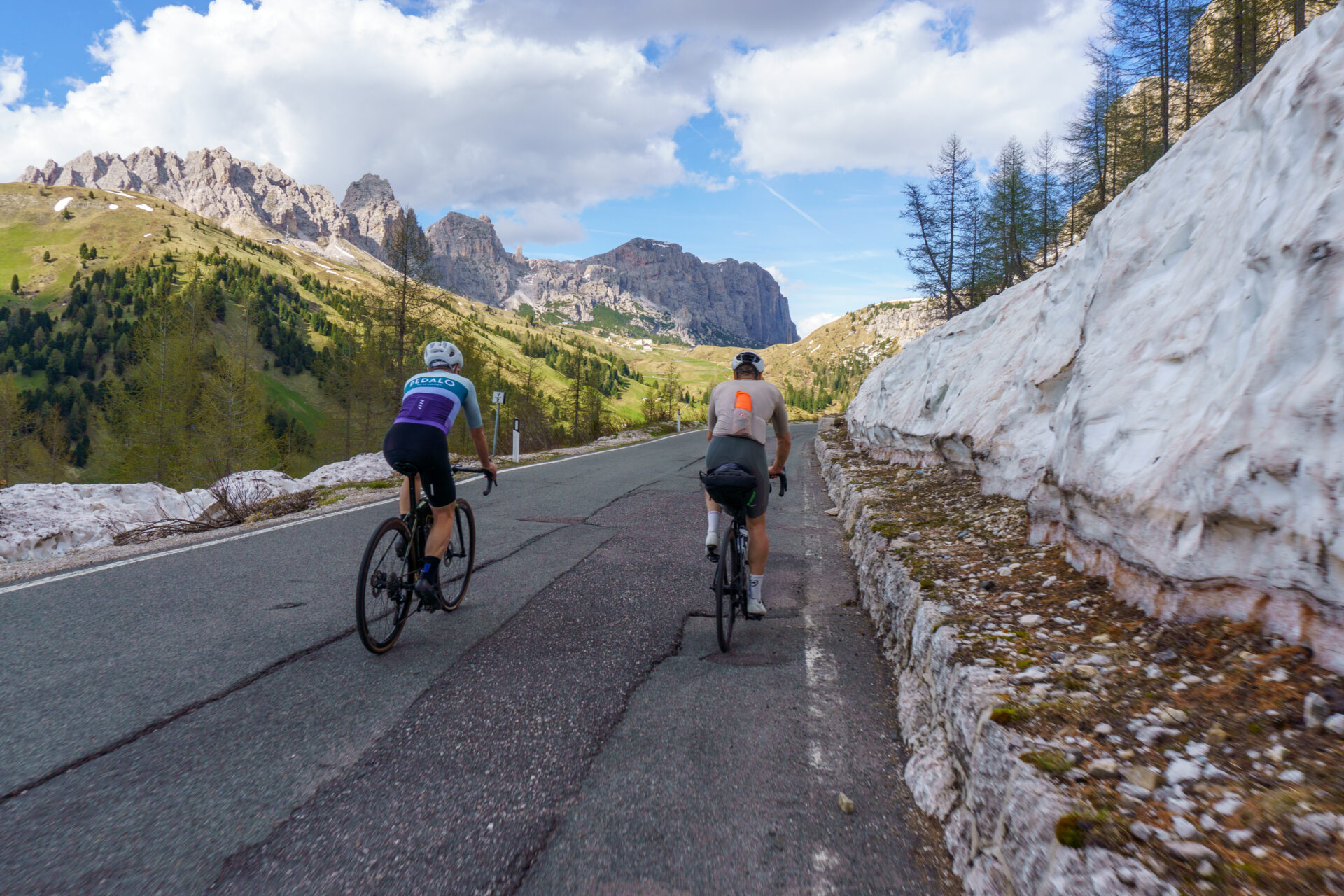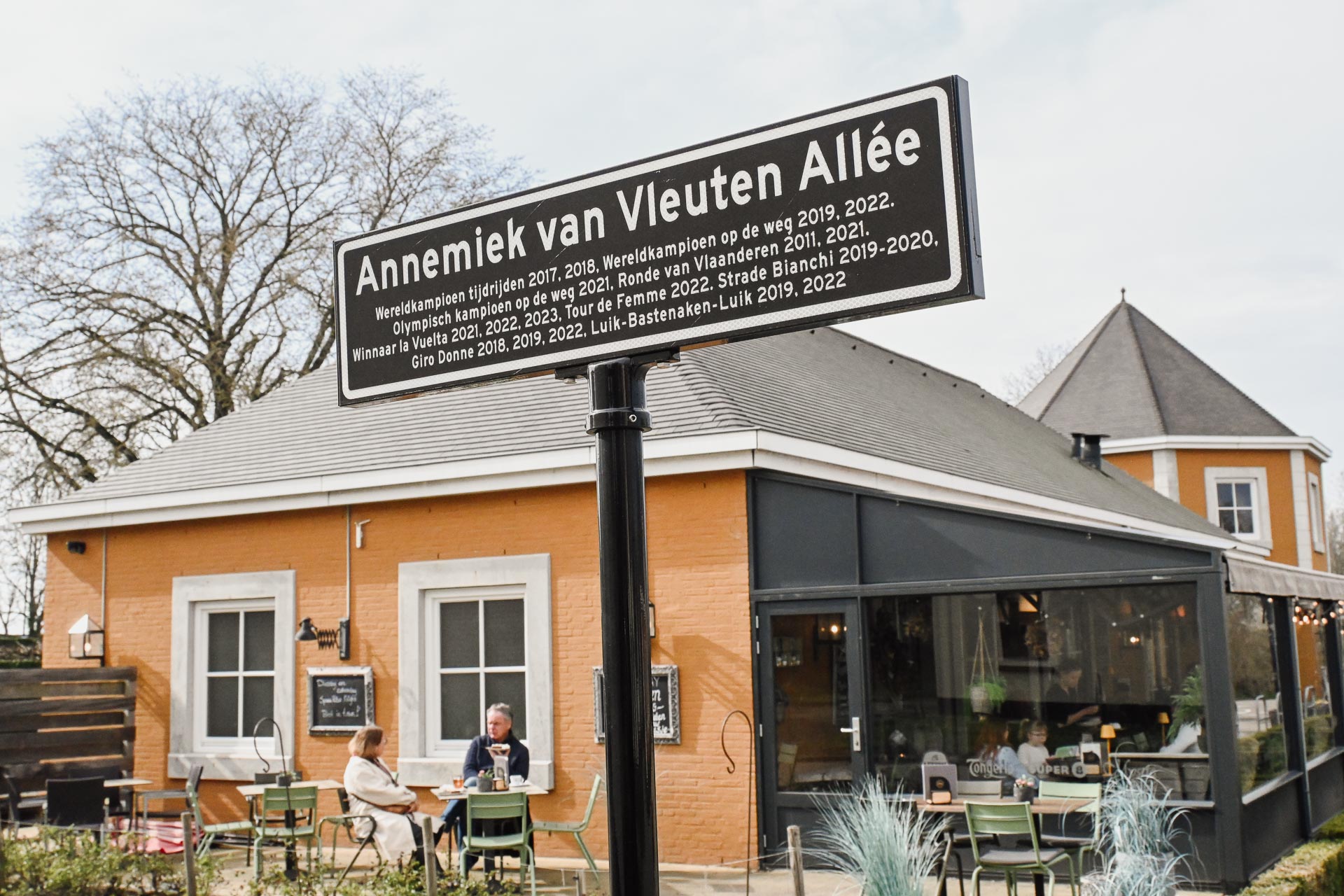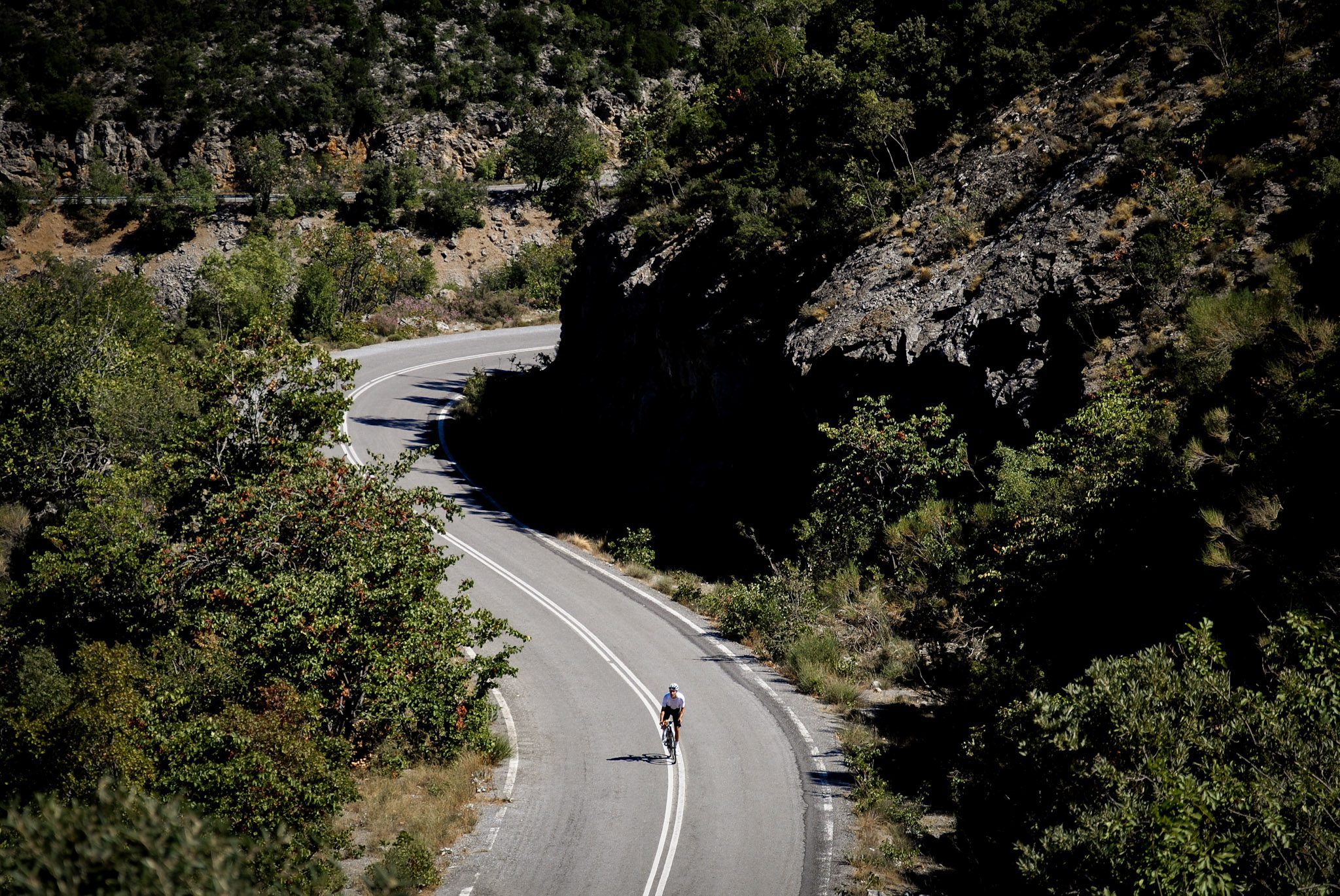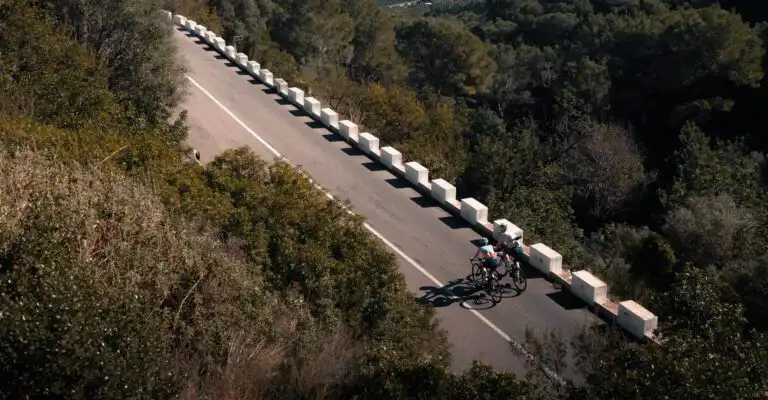Anyone who has the Vuelta a España has ever seen knows the picture. The final kilometres of a climb that is little more than a glorified goat track. It characterises this grand tour, which has always lost out to the Tour, but has also been surpassed by the Giro d'Italia, with its mythical Stelvio, Mortirolo, Gavia, Passo Giau and Zoncolan. The Vuelta has long tried its best to make the finishes and climbs spectacular. It seems to have succeeded in doing just that. Because these days, whoever thinks of a bizarre uphill finish thinks of the Angliru, La Covatilla and more such goat trails. As an ode to this type of climb, we have snapped up the top 5 fiercest climbs in the Vuelta (with a little dessert). In no particular order (but with that one resounding name at number 1).
1. Alto de L'Angliru
Drop the name Angliru to any cyclist and the porridge shoots straight into the legs. And rightly so. Since 1999, this climb has been in the Tour of Spain with some regularity. Many riders prefer to take a bus ticket that day. It is the Monster of the Asturias and THE climb of the Vuelta. Go figure. 12.5 kilometres according to the official signs, 10.1% average and almost half a kilometre at 23%.
The steepest kilometre is 17.3% and with 5 kilometres at an average of 13.8%, no one will be looking forward to a ride up to the top of this monster with much pleasure. In 2020, Hugh Carty was the most recent winner. Any rider, amateur or pro, who comes up here whole deserves respect!
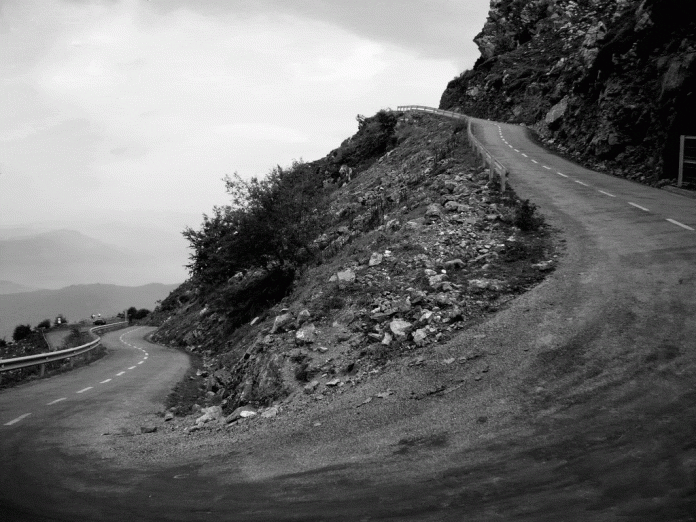
2. Santuario de la Virgen de Arrate
This climb will also give fear shivers to many. Not because this climb, one of the most important in the Basque Country, is so enormously long. The longest variant measures 'only' 6.4 kilometres. No, the main issue here is the gradient. 20% maximum, a kilometre long 15.6% and almost the entire climb averaging 9%. Painful, painful, painful. Yet this climb cannot be attributed only to light featherweights. For even friend of the show Miguel Indurain once came out on top here as a winner. But yes.
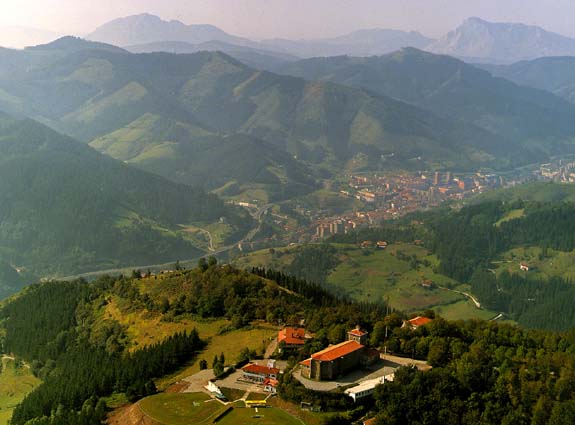
3. Lagos de Covadonga
This year (2021) this climb is back in the Vuelta. Located in the Picos de Europa National Park, also in Asturias, this is one that makes for very picturesque pictures. The lakes of Covadonga look stunning on the postcard, but meanwhile from the town of Covadonga uphill is a painful agony. If you are going to do this climb, it is useful to say a quick prayer at Covadonga cathedral.
It is actually bizarre that a climb that 'only' rises to 1120m and that at 5.4% on average causes so much anxiety. It is probably due to the long stretch (almost 700m) at 15% and above

4. Pico Valeta
This climb in the Sierra Nevada, in Andalusia, definitely belongs in the list of most beautiful goat trails. Although the Vuelta caravan never actually drives all the way up (because it won't work with all those cars). It is the highest paved road in Europe, at over 3300 metres. The longest route has an altitude difference of 2800 metres! The southern variants are quite steep at the start and then weaken a bit. On average, the climb maxes out at 6.7%, but it is mainly the length of over 40 kilometres to the summit that makes the sweat bead over the forehead here. It is often very warm at the foot, but also quite chilly at the top.
The Vuelta often stops around 2500 - 2600 metres. Still a climb to be proud of, especially since the average then goes up considerably (as the last kilometres to the top are not the steepest).
5. Alto d'el Gamoniteiru
For true followers of the Vuelta, this one doesn't actually fit the list. After all, this one is new. But it's in there anyway and here's why: It's almost next to the Angliru and has a similarly painful profile map. Looks like the Vuelta organiser has found another new goat trail!
This climb is 9.7% average over 15 kilometres, with 5 kilometres at an average of 11.4. The outlier is not as extreme as the Angliru, but this is definitely going to hurt.

Bonus climb: Peña Cabarga
This climb has been climbed fairly often, but for many it may just not be long enough. Still, this 6 km long calf bite near Santander is one to sit up and take notice of. Especially the last kilometre at 15% is painful and provides a lot of spectacle even among the pros. Froomey won here twice, but also (remarkably) Vasiliy Kyrienka.
